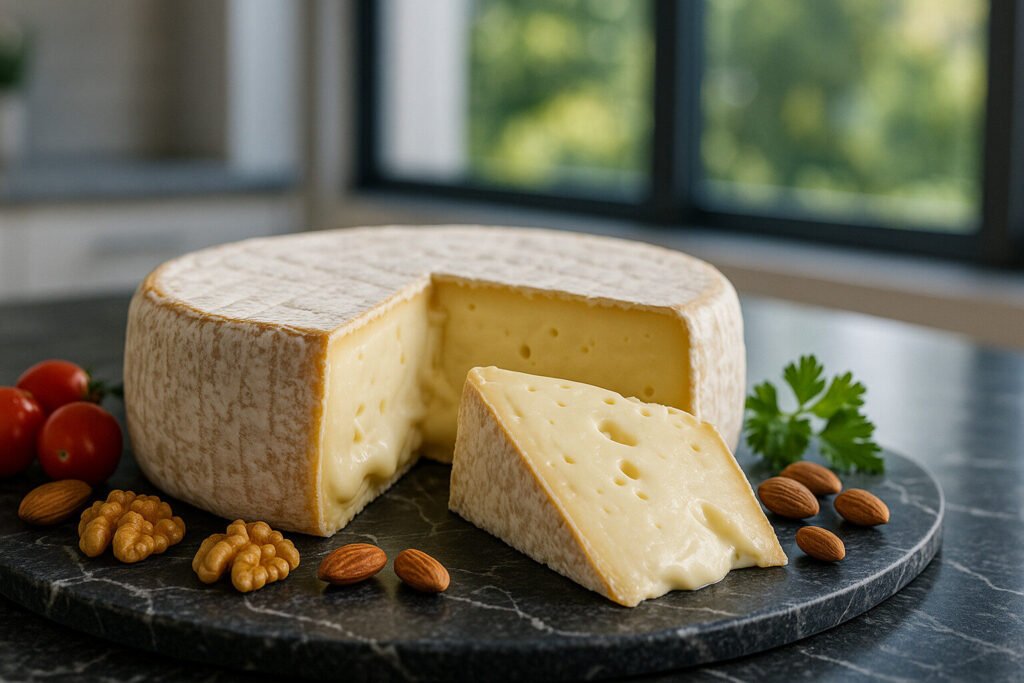Protected Designation Cheese
Protected Designation of Origin
Protected Designation of Origin (PDO) is a legal framework within the European Union that safeguards the names of specific cheeses. This status is granted to products whose entire production process occurs in a defined geographical area using recognized local know-how. PDO ensures that only cheeses adhering to strict traditional methods can bear the designated name, protecting them from imitation.
To qualify for PDO status, a cheese must demonstrate a direct link between its characteristics and its geographical origin. This includes factors such as local animal breeds, native microflora, and specific environmental conditions. The PDO label guarantees authenticity for consumers and supports rural economies by preserving traditional cheesemaking heritage.
Production Regulations
PDO cheese production follows rigorously defined specifications documented in official legal documents. These specifications govern every aspect of production, from the feeding of the animals to the final aging process. Milk sourcing is typically restricted to a specific region, and any feed for the animals must often come from the same area.
The cheesemaking techniques themselves are prescribed, including methods for curdling, molding, salting, and affinage. These methods are often centuries-old and passed down through generations. Any deviation from the registered production method disqualifies the product from using the PDO name, ensuring consistent quality and typicity.
Sensory Profile
The sensory characteristics of a PDO cheese are a direct result of its terroir and traditional production methods. This creates a unique and non-reproducible flavor profile that cannot be authentically replicated outside its designated region. Tasting notes often reflect the local flora, animal diet, and specific aging conditions.
Textures can range from soft and creamy to hard and crystalline, all defined by the PDO specifications. The aroma and appearance are also distinctive, serving as key identifiers of authenticity. This guaranteed sensory profile provides consumers with a reliable and unique tasting experience tied to a specific place.
Culinary Uses
PDO cheeses are often celebrated as table cheeses, meant to be enjoyed on their own to appreciate their complex flavors. Their protected status and distinct characteristics make them premium ingredients in gastronomy. They are frequently featured on cheese boards alongside complementary accompaniments like fruit, nuts, and specific wines.
While many are best appreciated raw, some PDO cheeses are also used in cooking, where they contribute a depth of flavor that generic cheeses cannot match. Their use is common in traditional regional dishes, where the specific cheese is an integral component of the recipe’s authenticity and taste.
Notable Examples
Roquefort from France is a famous PDO cheese, a blue cheese made exclusively from the milk of Lacaune sheep and aged in the natural Combalou caves. Parmigiano Reggiano from Italy is another iconic PDO, a hard, granular cheese produced in specific provinces and aged for a minimum of 12 months. These examples highlight the direct link between a product and its homeland.
Manchego from Spain is a PDO cheese crafted from the milk of Manchega sheep in the La Mancha region. Gorgonzola from Italy is a veined blue cheese with PDO status, produced in specific northern Italian regions. Each of these cheeses embodies the principles of geographical indication and traditional craftsmanship.

